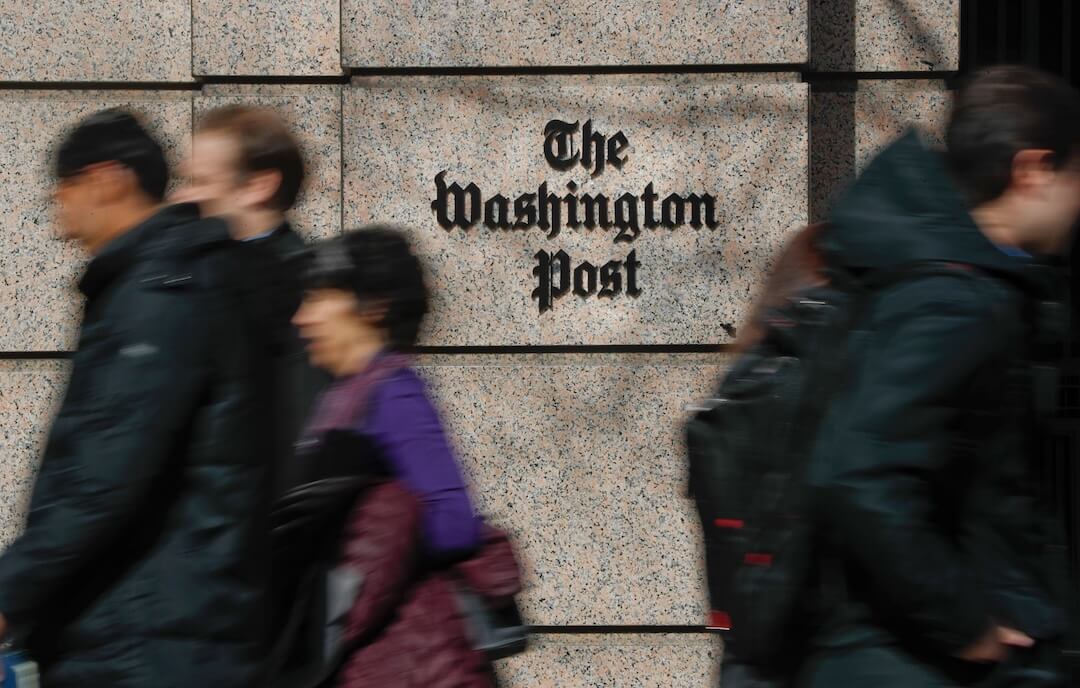When readers wake up every morning, what do they check first? Probably their texts. Then, if they’re feeling brave, their email inboxes.
Readers are inundated with content nowadays, which puts the onus on journalists to reach them where they’re actually paying attention. That’s why many news organizations have begun hiring editors who deal exclusively with email and push notifications, journalism that audiences can’t easily tune out.
“I think it’s incredibly valuable to be on someone’s lock screen, on their phone or in their inbox,” said Tessa Muggeridge, the newsletter and alerts editor for The Washington Post. “If you look on your lock screen, your push alert from The Washington Post might be right next to the text from your mom.”
The Washington Post has embraced this strategy, developing about 70 newsletters designed to appeal to specific segments of its audience. For politics junkies, there’s The Daily 202, a tipsheet that’s reminiscent of Politico’s Playbook. Perennial sunny-siders have The Optimist, a newsletter full of uplifting stories. For the empirically minded, there’s Speaking of Science, which serves up science news twice-weekly. Today’s WorldView, The Post’s first newsletter created for an international audience, launched last week.
And earlier this month, they launched Read These Comments, a newsletter designed put a spotlight on online comments that are actually — gasp — civil. The weekly newsletter, which sends on Friday afternoons, is written by comments editor Teddy Amenabar, who sifts through thousands of reader comments on a daily basis, Muggeridge said.
“The name goes back to the idea that a lot of people say ‘don’t read the comments,’ or ‘never read the comments,'” she said. “…We’re really aiming to make sure the best stuff ends up at the top.”
The newsletters fit into a strategy to develop a “customer-engagement funnel” that pulls the audience into The Washington Post’s orbit with a series of gradual steps. Readers who subscribe to a newsletter receive Post journalism in their inboxes at least once a week.
After enough emails, the reader could engage deeper, perhaps by commenting on a story, sharing it on social media or emailing a reporter. Before long, they might pay to become a digital subscriber. Newsletters and push alerts also give The Washington Post a direct connection to readers, unmediated by platforms like Facebook or Google.
Washington Post newsletters depart from the business-as-usual list of headlines designed to entice readers to click through, Muggeridge said. The Post focuses on authored newsletters — emails written by journalists with a specific audience in mind — and less on feed-based newsletters that feature a digest of popular stories.
The reason: Newsletters at their best are a separate editorial product, not some kind of clickthrough carnival barker.
“Some people see email as a distribution tool, but I don’t think of it as only that,” Muggeridge said. “If someone comes to me and says, ‘I want to launch a newsletter’ — if their goal is to get a lot of traffic to their stories, the answer is almost always ‘no.’ A newsletter is a product in itself. It’s not a means to something else.”
That doesn’t mean The Post has totally abandoned newsletters designed to encourage website visits. The Post Most, one of its most popular newsletters, serves up popular articles, video and content. Another, called First Reads, contains an arrangement of headlines along with graphics touting the stories.
Now that many news organizations are sending these straightforward briefings along, authored newsletters allow newsrooms to distinguish themselves.
“I think whenever somebody is really popular, you’re going to see a lot of people pop up with competing projects,” Muggeridge said. “And the ones that are worth spending time on will rise to the top.”
Muggeridge declined to provide specifics about The Post’s open rate, beyond saying that the newsroom was “really proud of it,” and that it was increasing.
The second prong of Muggeridge’s job is managing alerts, which she does across The Post’s two smartphone apps, Washington Post classic (which features all of the newspaper’s coverage) and National suite, which is a magazine-style news app. The apps send push alerts, both for breaking news and for specific topics.
Muggeridge treats push alerts with caution because the lock screen is hallowed real estate. Whereas people will tolerate some clutter in their inboxes, they’re less forgiving with notifications. If Muggeridge is considering pushing the update to smartphones, it better be important.
“You’re in a very personal space to people,” she said. “So you better be there for a good reason.”






